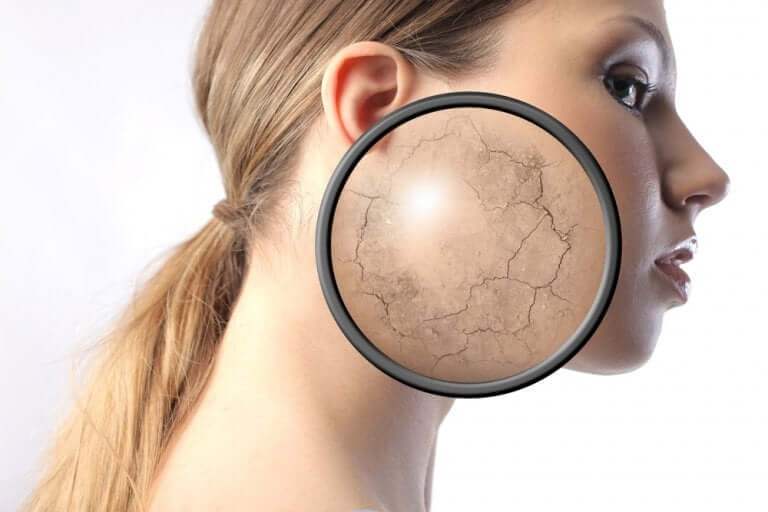6 Signs to Identify Thyroid Problems

It isn’t an easy task to identify thyroid problems as there are two different types: hypothyroidism or hyperthyroidism. The thyroid is a gland that regulates your metabolism. In general, it participates in many of the body’s hormone functions. These functions regulate heart rate, appetite, and how quickly the body digests food.
Therefore, thyroid problems can cause alterations in people’s health. Thyroid conditions are more common in women than in men, and most cases are in adulthood.
In fact, there are some signs that might point to thyroid issues. However, when in doubt, you should always ask your doctor, who might need to carry out some tests.
How to identify thyroid problems
According to the U.S. Department of Health and Human Services’ Office of Women’s Health, some of the symptoms of thyroid problems are
1. Sudden increase or loss of weight
The thyroid lets you control how quickly your metabolism works. In other words, it’s the way your body gets energy from food. This is done by segregating hormones.
To identify thyroid problems, if you suffer from hypothyroidism, then there’ll be considerable weight gain. This is because you aren’t producing enough hormones to work normally. However, the opposite happens with hyperthyroidism. Usually, there’s sudden weight loss because there are too many hormones.
You may be interested in: How Hormones Can Affect Your Weight
2. Exhaustion and mood swings

Thyroid problems can affect your moods and energy. For hypothyroidism, you might feel exhausted. Even if you’ve gotten enough sleep, you might feel depressed. On the other hand, with hyperthyroidism, people feel irritable. They tend to feel more stressed and have trouble falling asleep.
3. Swelling in the neck area from thyroid problems
One of the most obvious symptoms for thyroid problems is inflammation in the neck area. This is because the thyroid increases in size, causing discomfort or pain in the throat. If you notice this symptom, pay special attention and take action.
4. Changes in heart rate

The thyroid, in addition to regulating the rate at which calories are burned in the body, also controls the heartbeat. Depending on the type of condition, either hypothyroidism or hyperthyroidism, these will tend to vary.
In this case, there may be a case of tachycardia or the heartbeat may be slower than normal. This means that many supposed heart problems may be related to these dysfunctions, as suggested by this study carried out by a team from Clínica Las Condes (Chile).
5. Constipation
When there are fewer hormones, body functions slow down. For example, this happens with the digestive system. Since it affects digestion, your body doesn’t absorb nutrients very well. Therefore, it causes constipation.
Check this out: Three Foods with Laxative Properties to Combat Constipation
6. Problems in other parts of the body

In addition, there are other symptoms to watch out for. For example, dry skin, brittle and cracked nails, and sudden hair loss.
Some less visible symptoms are menstrual disorders in women, feeling cold, and pain and discomfort in muscles and joints.
Talk to a doctor about these signs of thyroid problems
These symptoms might show thyroid problems. However, we always recommend going to the doctor. He can give you an exact diagnosis of the problem. Remember, don’t just self-diagnose because it might stress you out. Also, for these thyroid issues, they’ll always require medical treatment.
For women, it’s especially important to have a hormone check-up and thyroid exam every 4 years. That way, you can find anything irregular. In fact, women who decide to get pregnant will need to see a doctor because the thyroid can cause infertility and problems conceiving.
All cited sources were thoroughly reviewed by our team to ensure their quality, reliability, currency, and validity. The bibliography of this article was considered reliable and of academic or scientific accuracy.
- Office on Women’s Health. https://espanol.womenshealth.gov/a-z-topics/thyroid-disease
- Soto, Juan Ramón., Verbeke, Sandra. (2015).DISFUNCIÓN TIROIDEA Y CORAZÓN. https://www.sciencedirect.com/science/article/pii/S0716864015000395
This text is provided for informational purposes only and does not replace consultation with a professional. If in doubt, consult your specialist.








